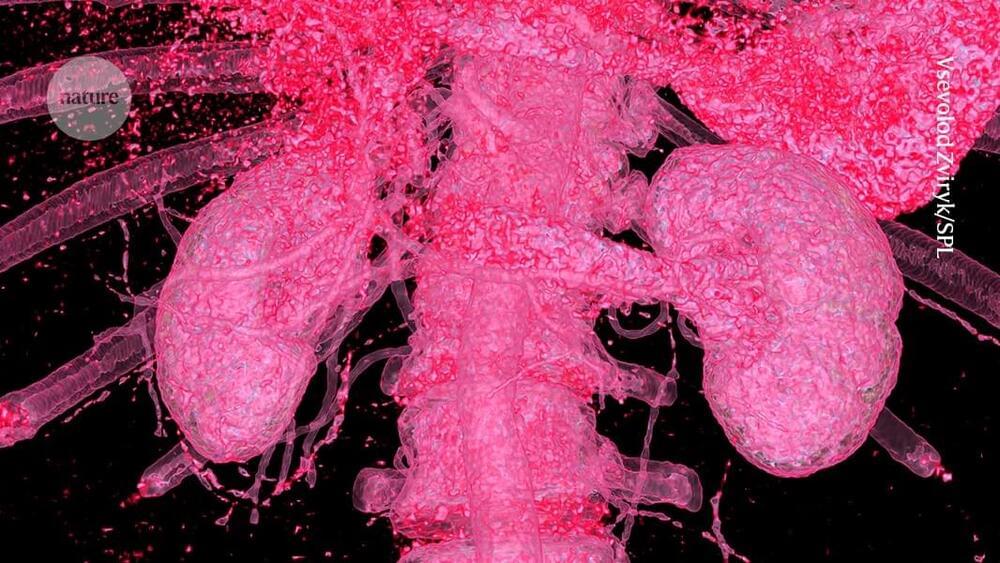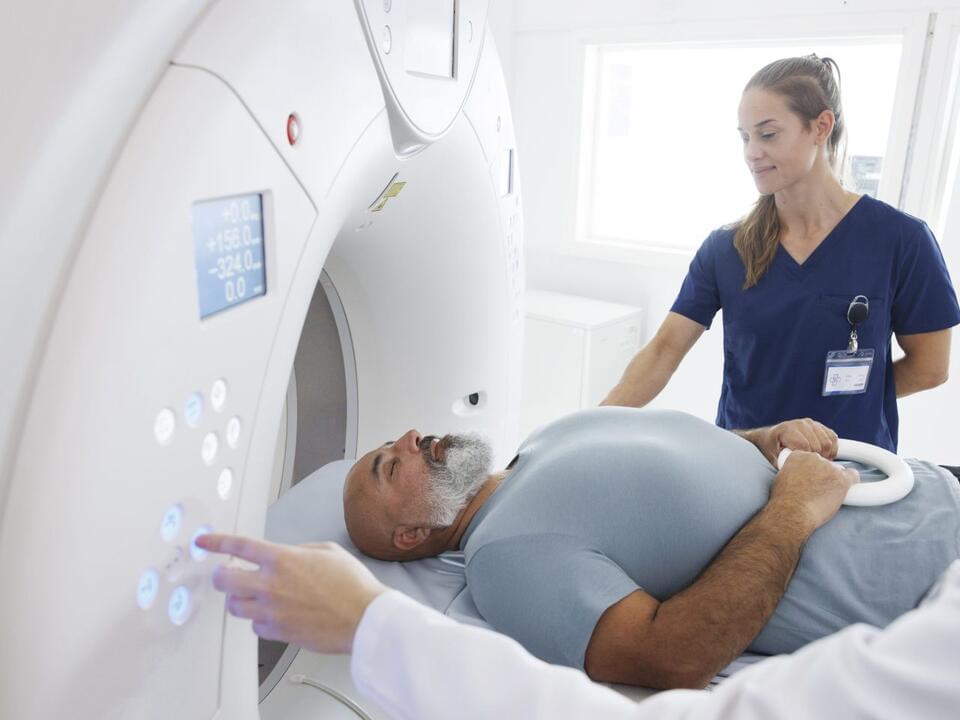There are trillions of microorganisms living in our gastrointestinal tract. So why doesn’t the immune system launch a massive response against all of those foreign microbes? Scientists have now provided new details about the process. The findings have been reported in Nature.
The gut microbiome has to maintain a careful balance, and promote the growth of healthy and beneficial organisms while tamping down the growth of potential pathogens. While scientists have not defined exactly what a healthy microbiome is made of, and it may differ from one person to another, we do know that when the balance in the microbial community of the gut is disrupted, health problems can arise.
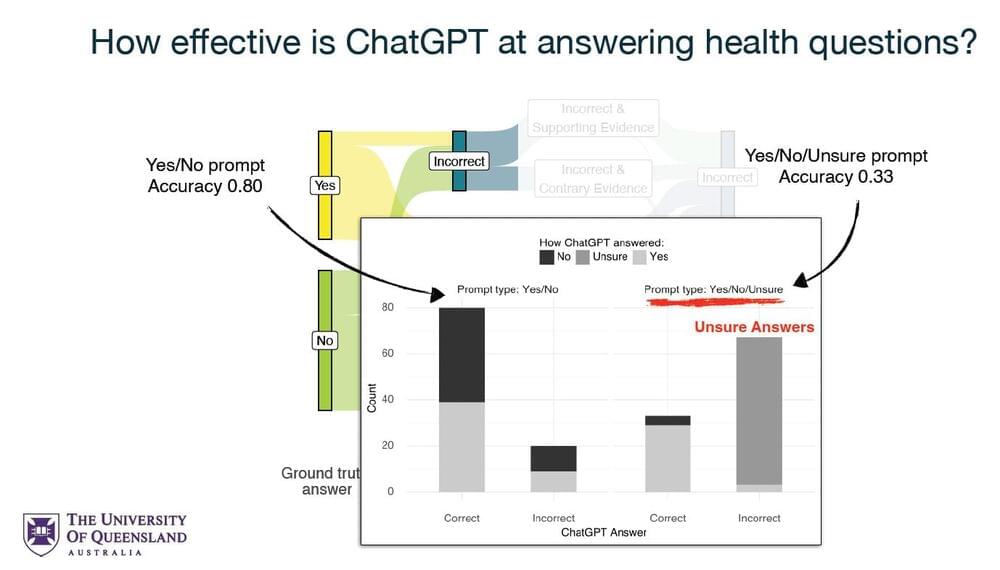

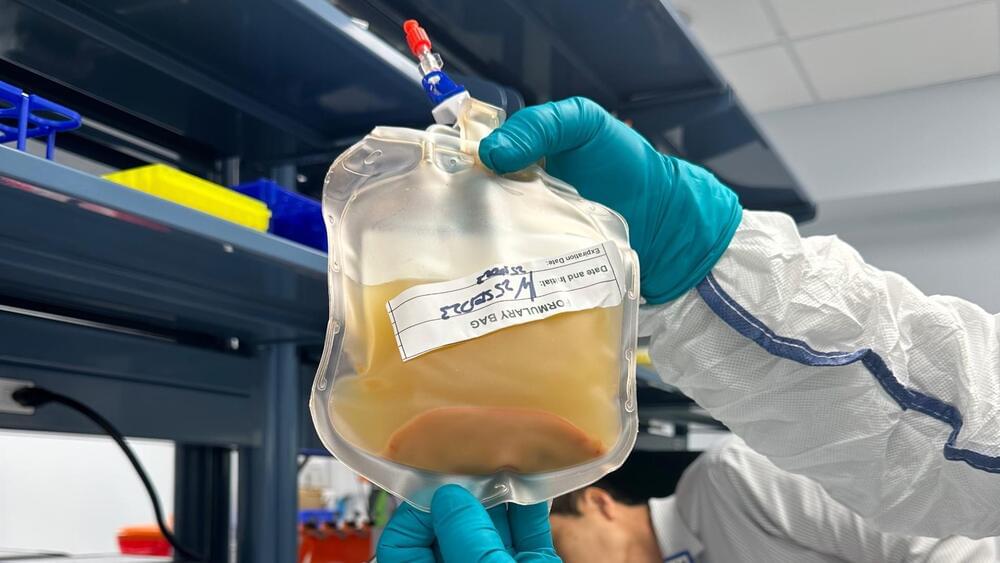


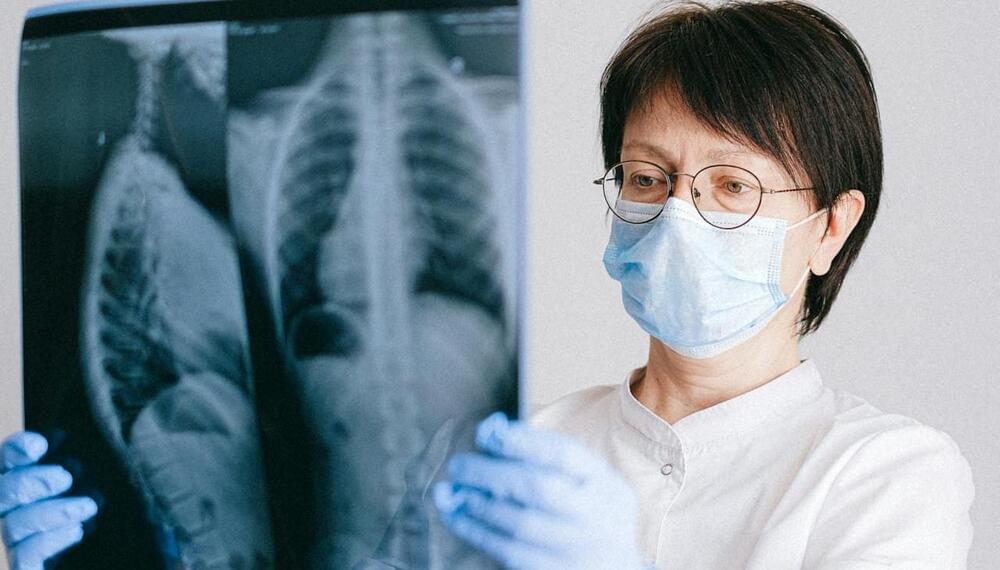

 עברית (Hebrew)
עברית (Hebrew)